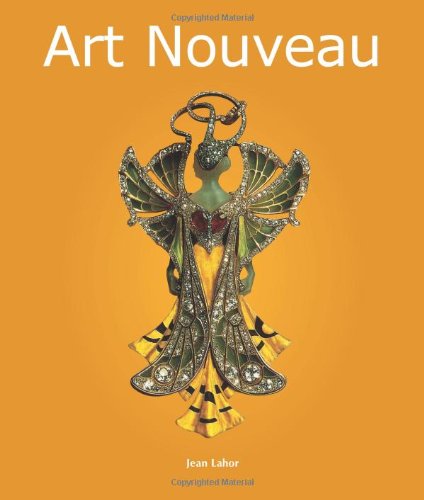

Most ebook files are in PDF format, so you can easily read them using various software such as Foxit Reader or directly on the Google Chrome browser.
Some ebook files are released by publishers in other formats such as .awz, .mobi, .epub, .fb2, etc. You may need to install specific software to read these formats on mobile/PC, such as Calibre.
Please read the tutorial at this link: https://ebookbell.com/faq
We offer FREE conversion to the popular formats you request; however, this may take some time. Therefore, right after payment, please email us, and we will try to provide the service as quickly as possible.
For some exceptional file formats or broken links (if any), please refrain from opening any disputes. Instead, email us first, and we will try to assist within a maximum of 6 hours.
EbookBell Team

5.0
110 reviewsThe Art Nouveau movement is distinguished as the decorative and architectural style that began, in response to the Industrial Revolution. The primary objective of this movement was the creation of a new aesthetic of nature through a return to the study of natural subjects. Designs from this movement are often characterized by plant or floral inspired patterns, and highly-stylized, detailed depictions countering the broad swooping curvatures of a piece in the Art Nouveau style.
In order to achieve this, such artists as Gustav Klimt, Koloman Moser, Antoni Gaudí, Jan Toorop, and William Morris favoured innovation in technique and novelty of forms. Art Nouveau attempts to integrate art into all facets of life including materials from furniture, to decorative items in a home, to architecture; building on the movement’s philosophy of incorporating art into everyday life. After its triumph at the Paris Universal Exposition in 1900, the trend continued and has inspired many artists since, as well as the Art Déco movement, the successor of Art Nouveau which appeared after World War I. It is fair to say Art Nouveau was at the heart of a “renaissance” in decorative arts.